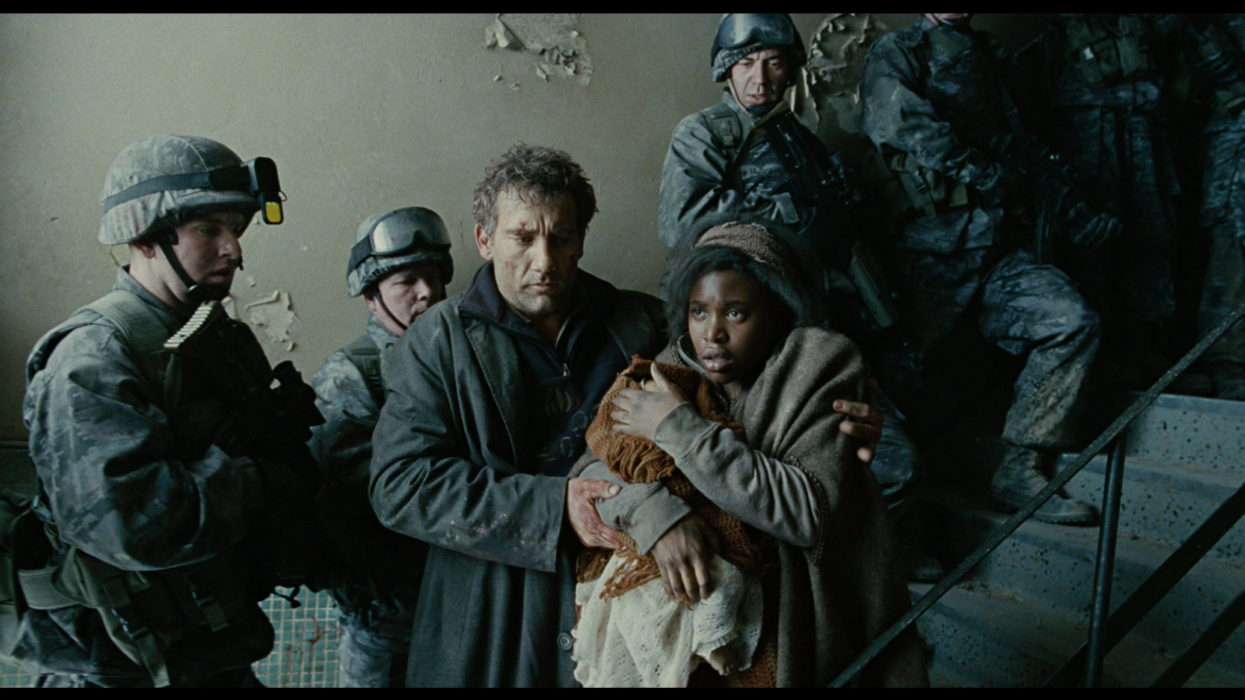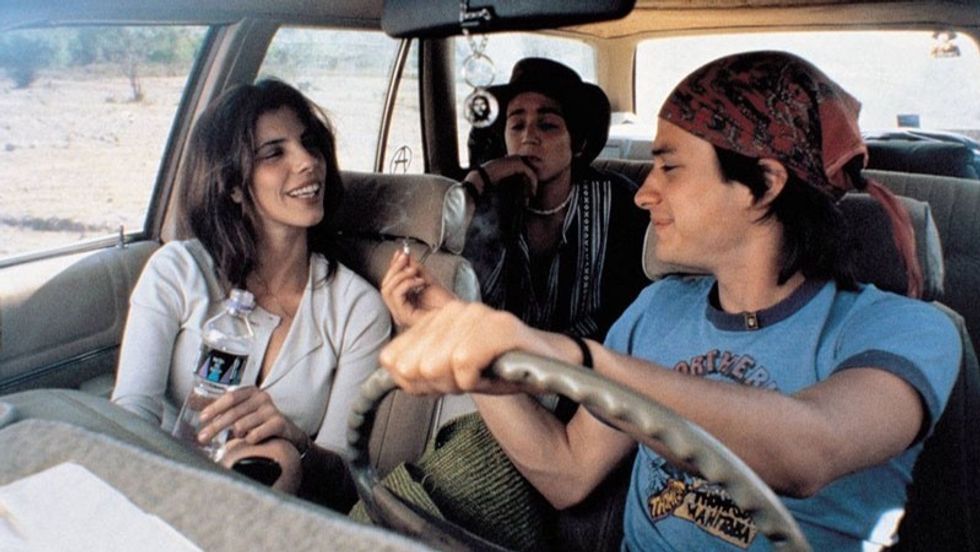How Alfonso Cuaron Masters the One Shot [VIDEO]
And how to master the one-shot yourself.

When it comes to effectiveness with the long shot, there isn't much doubt as to who reigns supreme these days. The difference between Alfonso Cuaron and other directors, according to The Royal Ocean Film Society, is that Cuaron consistently uses the long shot in a way that continues the narrative and not as just some cheap trick.
This is a fact that we see continue to evolve over the course of the director's career. As Saladino notes in his video essay above, a four minute and fifty-two second shot in Great Expectations was the closest the Cuaron may have ever got to "a long take purely for the sake of a long take." The fact is, however, that this shot still features a narrative in that it has a beginning, middle, and an end. Just that alone means that something is actually happening in the shot that drives the story forward, so we as the audience don't get bored.
Not surprisingly, Y Tu Mama Tambien is where we see a large jump in terms of Cuaron's abilities with the long shot. It was a far more personal story for the director, and in that way he was able to strip back some of the flashiness of his previous Hollywood ventures. Saladino says the long shots in Y Tu Mama Tambien are so effective because they "play to the actors' strengths by letting scenes breathe, and help set up the gritty fly on the wall documentary style."
He then digs in deep into one of Cuaron's more brilliant strategies in creating depth in these long shots. There are many long shots in Y Tu Mama Tambien that create space by moving the characters throughout the space inside the frame. He plays around with positioning action in the foreground and background and then changing focus by switching his actor's placement. There are even points in the film where stories play out in the back and foreground simultaneously. These are strategies we'll see continue throughout the rest of his career.

Perhaps my favorite of Cuaron's long take innovations, however, is how, at certain points, the camera seems to take on a life of its own. At one point it will be focused on the protagonists in an almost voyeurist quality, but then, without warning an extra or set piece will grab the camera's attention and it will follow this new focal point that always seems to build the world Cuaron has created even more.
Which brings us to our next point, for Cuaron the background of the story also becomes the background of the frame. He never wastes a moment in these long shots, as everything in frame serves to heighten the world and the narrative he's building. The camera may whip and whirl around but somehow this truth remains evident in every single one of his films.
Of course, sometimes this is due to Cuaron's masterful use of CGI, but for the most part, many of Saladino's observations are tactics that we can bring into our own filmmaking right now.











